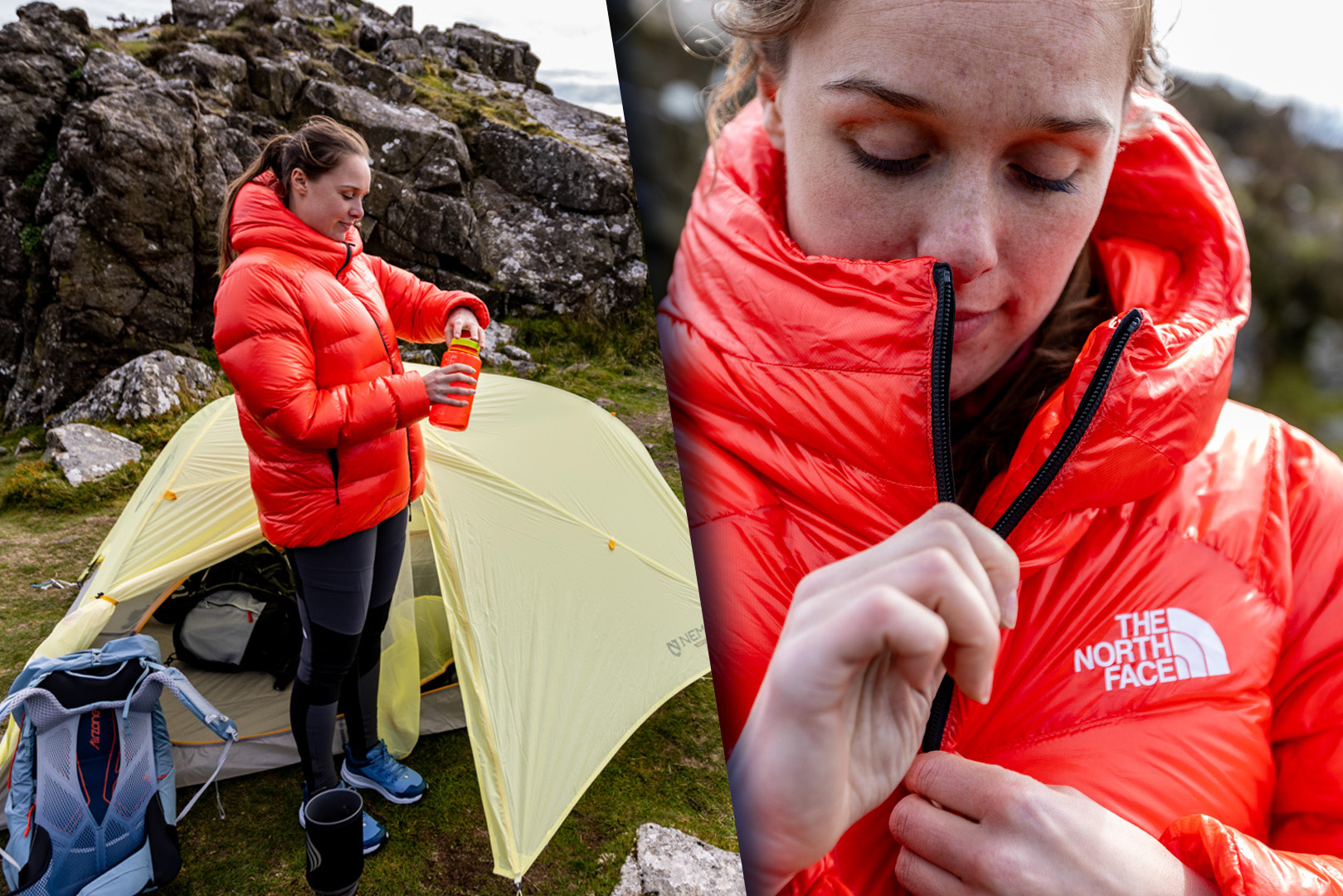Choosing the right goose-down jacket is essential for staying warm and comfortable during cold weather. With so many options available, making an informed decision can be daunting. This guide will help you understand the key factors to consider when selecting the perfect goose-down jacket.
H2: Understanding Goose Down Insulation
H3: What is Goose Down?
Goose down is the soft, fluffy layer found beneath the outer feathers of geese. It is known for its excellent insulation properties, providing warmth without adding excessive weight. Unlike synthetic insulation, goose down traps air efficiently, creating a natural barrier against the cold.
H3: Benefits of Goose Down
- Superior Warmth: Goose Down offers exceptional warmth, making it ideal for cold climates.
- Lightweight: Down jackets are lightweight and easy to pack, making them perfect for travel and outdoor activities.
- Breathability: Down is breathable, helping to regulate body temperature by allowing moisture to escape.
- Longevity: With proper care, goose down jackets can last for many years, maintaining their insulating properties.
H2: Factors to Consider When Choosing a Goose Down Jacket
H3: Fill Power
Fill power measures the quality and loft of the down used in a jacket. It indicates how much space one ounce of down occupies. Higher fill power means better insulation and warmth. For example:
- 600-700 Fill Power: Suitable for mild to moderate cold conditions.
- 700-800 Fill Power: Offers excellent warmth for colder climates.
- 800+ Fill Power: Provides superior insulation for extreme cold weather.
Choosing a jacket with higher fill power ensures better insulation with less weight.
H3: Weight and Packability
The weight of a goose down jacket is crucial, especially for outdoor enthusiasts who need to pack light. Lightweight jackets with high fill power offer warmth without adding bulk. Additionally, consider the jacket’s packability—how easily it compresses into a small size for convenient storage and transportation.
H3: Water Resistance
Goosedown is susceptible to moisture, which can reduce its insulating properties. Look for jackets with a water-resistant or water-repellent outer shell. Some jackets also feature hydrophobic down, treated to resist moisture and maintain loft in wet conditions.
H3: Durability and Fabric
The outer fabric of the jacket should be durable enough to withstand wear and tear. Consider the following:
- Ripstop Nylon: Known for its strength and resistance to tearing, ripstop nylon is a popular choice for outdoor jackets.
- Polyester: A versatile and affordable option, polyester offers good durability and moisture resistance.
- DWR Coating: A Durable Water Repellent (DWR) coating on the fabric enhances water resistance, keeping you dry in light rain or snow.
H3: Fit and Comfort
The fit of the jacket affects both comfort and warmth. A well-fitted jacket should:
- Allow for Layering: Ensure there’s enough room to wear layers underneath without feeling too tight.
- Provide Mobility: The jacket should not restrict movement, especially around the shoulders and arms.
- Offer Adjustable Features: Look for adjustable hems, cuffs, and hoods to customize the fit and seal in warmth.
H2: Additional Features to Look For
H3: Hood Design
A well-designed hood is essential for protecting your head and neck from the cold. Consider these features:
- Insulated Hood: Provides additional warmth and protection against the elements.
- Adjustable Hood: Allows you to tighten or loosen the fit according to your preference.
- Helmet-Compatible Hood: If you plan to wear a helmet, ensure the hood is large enough to fit over it comfortably.
H3: Pockets
Pockets are not just for storage; they also contribute to the jacket’s overall functionality. Look for:
- Handwarmer Pockets: Lined with fleece or insulated to keep your hands warm.
- Internal Pockets: Useful for storing valuables like your phone or wallet.
- Zippered Pockets: Secure your belongings and prevent them from falling out during activities.
H3: Zippers and Closures
The quality of zippers and closures can affect the jacket’s performance in cold weather. Opt for:
- YKK Zippers: Known for their durability and smooth operation, YKK zippers are a reliable choice.
- Two-Way Zippers: Allow you to unzip from the bottom for better mobility and ventilation.
- Storm Flaps: Provide extra protection against wind and cold by covering the zipper.
H3: Cuffs and Hem Adjustments
Adjustable cuffs and hems help seal in warmth and prevent cold air from entering the jacket. Look for:
- Elastic or Velcro Cuffs: Easy to adjust, ensuring a snug fit around your wrists.
- Drawcord Hem: Allows you to tighten the bottom of the jacket, keeping out drafts.
H2: Ethical Considerations
H3: Responsible Down Standard (RDS)
When choosing a goose down jacket, consider the ethical sourcing of down. The Responsible Down Standard (RDS) ensures that the down used in your jacket comes from animals that have been treated humanely. RDS-certified down is traceable, ensuring that the geese were not subjected to unnecessary harm during the collection process.
H3: Recycled Down
For eco-conscious consumers, recycled down is an excellent option. Recycled down is collected from older products and reprocessed for use in new jackets. This reduces waste and promotes sustainability without compromising on warmth or quality.
H2: Care and Maintenance of Your Goose Down Jacket
H3: Washing and Drying
Proper care is essential to maintaining the performance and longevity of your goose down jacket. Follow these tips:
- Washing: Use a mild detergent designed for down and wash the jacket on a gentle cycle. Avoid fabric softeners, as they can damage the down.
- Drying: Dry the jacket on a low heat setting with tennis balls or dryer balls to help restore the loft. Ensure the jacket is completely dry to prevent mold and mildew.
H3: Storage
When not in use, store your goose-down jacket in a cool, dry place. Avoid compressing it for extended periods, as this can damage the down and reduce its insulating properties. Instead, hang the jacket or store it loosely in a breathable bag.
